The weather in India varies dramatically. While the southern tip of the India is being lashed by tropical monsoon rain, the north will be blanketed in thick snow. Therefore, the best time to travel to India depends greatly on the destinations to be visited and the climate experienced there.
Based on temperature and rainfall, the Indian Meteorological Service has classified the country into an incredible seven different climatic regions. These are the Himalayas, Assam and West Bengal, the Indo-Gangetic Plain/North Indian Plain (a huge section of north-central India), the Western Ghats and coast, the Deccan Plateau (south-central India), and the Eastern Ghats and coast. In general, the north of India is cooler, the center is hot and dry, and the south has a tropical climate.
Indian weather itself is divided into three distinct seasons — winter, summer, and the monsoon. Generally, the best time to visit India is during the winter, when the weather in most places is relatively cool and pleasant
Summer (March to May)
India starts heating up from around February, first in the northern plains and then the rest of the country. By April, many places are experience daily temperatures exceeding 40 degrees Celsius (105 degrees Fahrenheit). It stays cooler in the southern parts of the country, with temperatures reaching around 35 degrees Celsius (95 degrees Fahrenheit), although it’s a lot more humid.
In late May, signs of the approaching monsoon start appearing. Humidity levels build, and there are thunderstorms and dust storms.
The most tiring thing about summer in India is that the heat is so relentless. Day after day the weather doesn’t change — it’s always extremely hot, sunny, and dry.
Where to Visit in India During the Summer Season
While the summer can be very uncomfortable and draining in most parts of India, it’s the perfect time for visiting the mountains and hill stations The air there is fresh and soothing. If you’re into seeing wildlife and spotting tigers in their natural environment, the summer is also the best time to visit India’s national parks as the animals all come out of the thickets in search for water in the heat.
Monsoon (June to October)
India actually has two monsoons –- the southwest monsoon and the northeast monsoon. The southwest monsoon, which is the main monsoon, comes in from the sea and starts making its way up India’s west coast in early June. By mid July, most of the country is covered in rain. This gradually starts clearing from most places in northwest India by October.
The northeast monsoon affects India’s east coast during November and December. It’s a short but intense monsoon. The states of Tamil Nadu, Karnataka, and Kerala receive most of their rainfall from the northeast monsoon, while the rest of the country receives most of its rainfall from the southwest monsoon.
The monsoon doesn’t appear all at once. Its onset is characterized by intermittent thunderstorms and rain over a number of days, eventually culminating in a huge and lengthy downpour. India during the monsoon doesn’t receive rain all the time, although it usually rains for a heavy period everyday, followed by pleasant sunshine. The rain brings some respite from the searing heat. Conditions become very humid and muddy though, while still remaining quite hot.
The monsoon, while welcomed by farmers, can be an extremely challenging time in India. It produces widespread destruction and flooding. Frustratingly, the rain also appears out of nowhere. It can be a beautiful clear day one minute, and the next it’s pouring.
Where to Visit in India During the Monsoon Season
It’s difficult to travel throughout most of India during monsoon time as the rain often disrupts transport services. However, it’s the best time to visit popular but isolated Ladakh in the far north, as the roads leading there don’t clear of snow and open up until June. This is just one of many great destinations for monsoon travel in India.
Winter (November to February)
The disappearance of the monsoon marks the start of clear sunny skies, as well as the start of the tourist season, for most of India. Daytime winter temperatures are comfortable, although often quite chilly at night.
In the south, it never gets cold. This is in complete contrast to the freezing temperatures experienced in India’s far north, around the Himalaya region.
Where to Visit in India During the Winter Season
The winter season is the time to hit the beaches in India, and many people flock to relax and party on the long strip of beaches in Goa. India’s far south is also best enjoyed in winter, with December to February being the only really good months to travel there. The rest of the time it’s either uncomfortably hot and humid, or wet. Apparently, it rains for an astonishing nine months of the year in the state of Kerala! It’s also a good idea to travel to the desert state of Rajasthan during the winter, to avoid the searing summer temperatures. Unless you want to go skiing (which is possible in India!), anywhere around the Himalaya mountains should be avoided in winter because of the snow. It can be very beautiful to see though.
Note: This information is collected from various sources. All content provided is for informational purposes only. IndiaCityWalks makes no representations as to its accuracy or completeness.


































